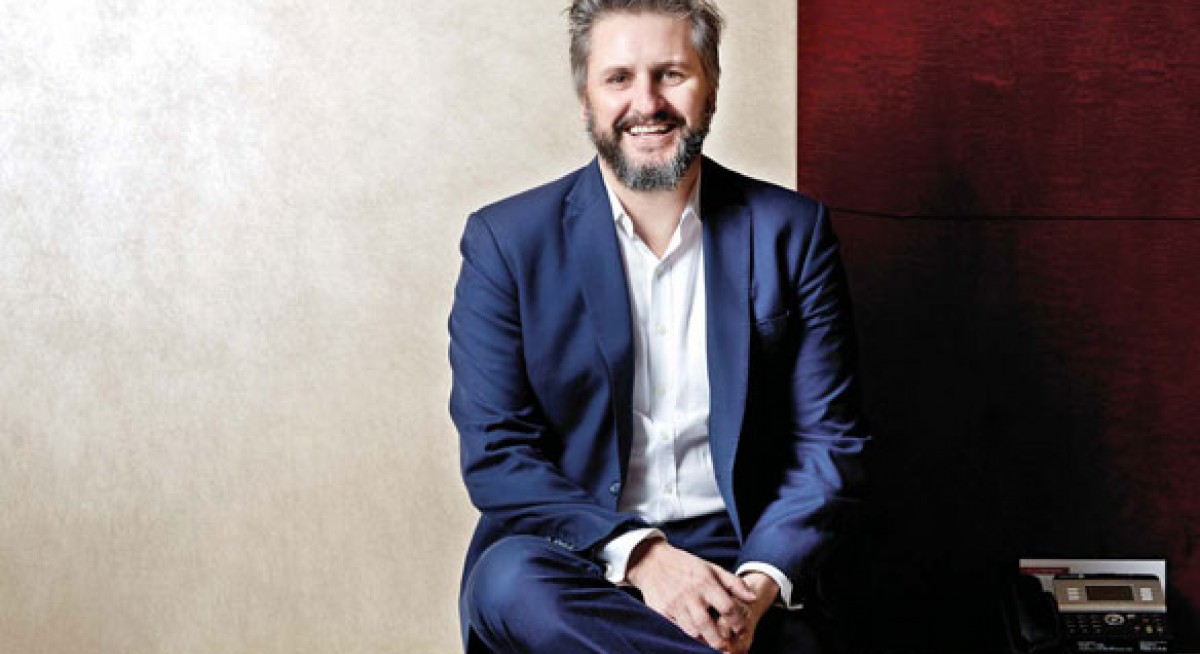Anandhi Gopinath is an assistant editor with Options at The Edge Malaysia This article appeared in Issue 830 (May 14) of The Edge Singapore. Subscribe to The Edge now
For more insights on corporate trends
Create an account to access our premium content.
Subscription entitlements:
End of content
No more pages to load


